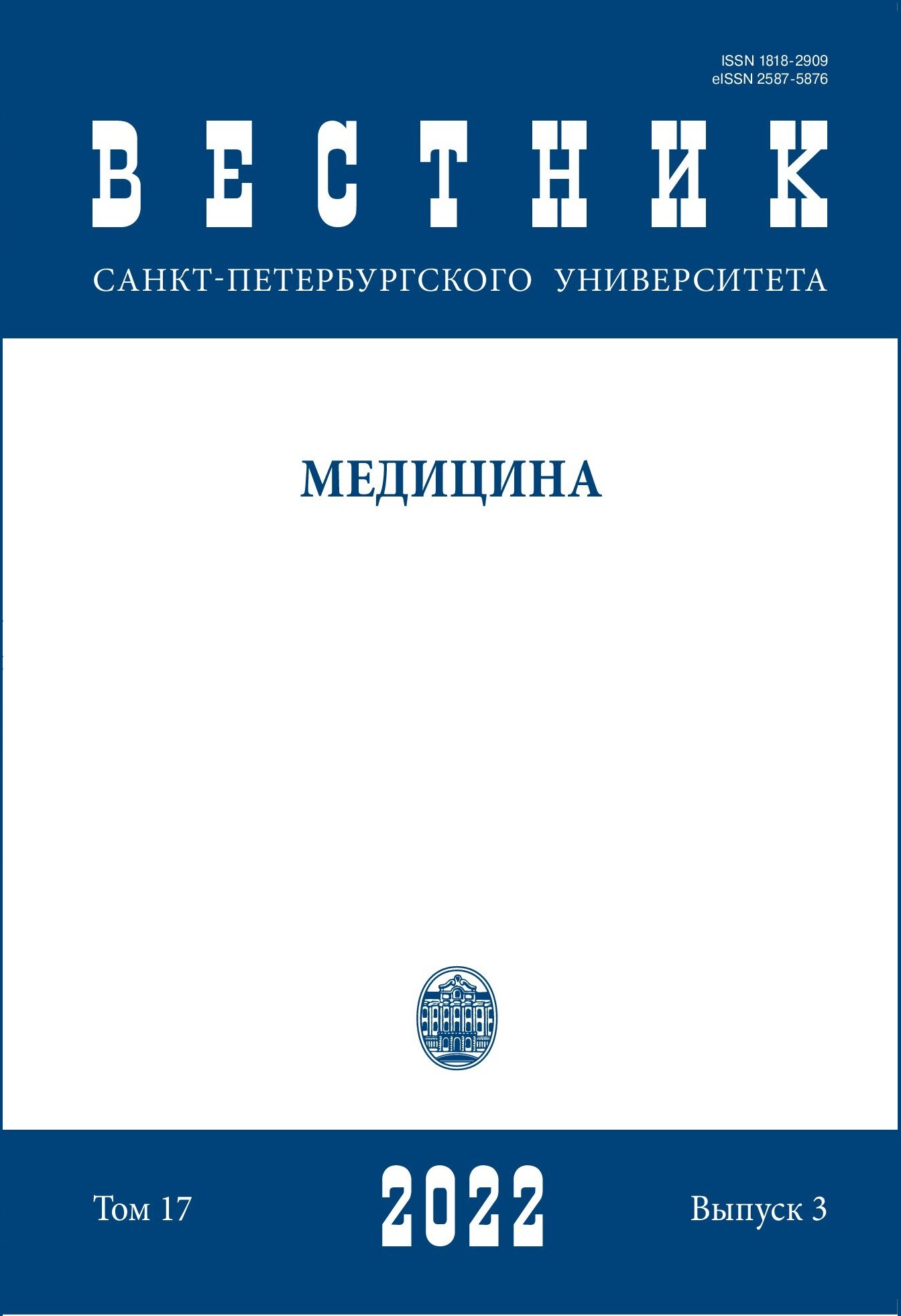Cohort profile: The longitudinal study on the risk factors of non-communicable diseases in Russia
DOI:
https://doi.org/10.21638/spbu11.2022.304Abstract
This study developed a new approach to analyzing mortality and its associated risk factors in the Russian population. We have provided a way to use secondary data from an existing robust research dataset. To do this, we calculated the risk factors for death and assessed the influence of individual risk factors. Previously the datasets have been used earlier for socio-economic research. This paper presents opportunities for studying mortality and associated factors using secondary data to assess disease death outcomes based on the existing cohort — the open license R software to perform data engineering and Relative Risk calculations. There were no instrumental measurements in this study, and all indicators are based on the self-responses to two questionnaires. The data was derived from the Russia Longitudinal Monitoring Survey by the Higher School of Economics. It is a longitudinal, representative survey data from individuals and households from 1990 to 2021. We extracted data on 4063 deaths cases (2214 males and 1699 females) among respondents for further analysis. The lethal fatal outcomes data from the household questionnaires and the records have the proxy respondent’s verbal autopsy status. Thirty-two thousand twenty-three households (around 150,335 individuals) participated in the survey from 1994 to 2019 for 24 years of observations. The most common causes of death were as follows: 974 fatal cases from cerebrovascular disease (stroke), 934 from cardiac disease, and 756 fatal cases due to neoplasms, 1372 cases were registered in females, and 1978 cases were in males.
Keywords:
non-communicable diseases, cohort profile, deaths, risk ratios, risk factors, population statistics
Downloads
References
References
Downloads
Published
How to Cite
Issue
Section
License
Articles of "Vestnik of Saint Petersburg University. Medicine" are open access distributed under the terms of the License Agreement with Saint Petersburg State University, which permits to the authors unrestricted distribution and self-archiving free of charge.




